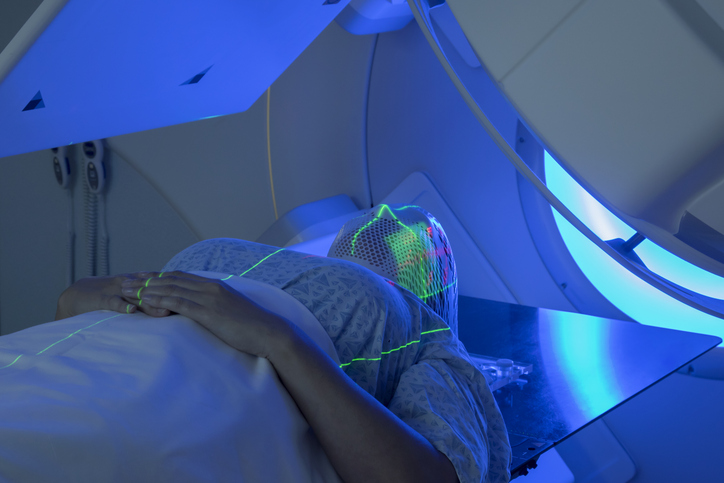
Researchers from the University of Texas MD Anderson Cancer Center argue that additional investment in prevention-related basic science research could further advance long-term cancer prevention. Current evidence suggests that up to half of all cancers are associated with preventable risk factors such as tobacco use and ultraviolet radiation, and basic science research has led to an understanding of the mechanisms behind these risks.
“Our intent for the review is to raise awareness of the impact of cancer prevention research among basic scientists, highlighting the incredible opportunity we see for improving cancer outcomes,” said Ernest Hawk, MD, vice president and division head for Cancer Prevention and Population Sciences and an author of a review published on this topic in Genes & Development. “Further investment in this area will help us to better understand early cancer development, enabling us to develop more and better preventive interventions to amplify the benefits that healthy lifestyles offer today.”
How basic science can help make #cancer prevention efforts more effective: https://t.co/Sz411c5Qs9 @CancerFrontline #endcancer
— MD Anderson Cancer Center (@MDAndersonNews) July 30, 2018
The review discusses risk factors for cancer, genetic predisposition to cancer, and screening and early detection methods, as well as provides specific research that led to the current state of knowledge cancer prevention.
According to the American Cancer Society, significant cancer prevention, control, and screening efforts—as well as new treatment options—have led to a 25 percent decrease in the U.S. cancer death rate since 1991. Evidence-based methods surrounding modifiable cancer risk factors could further reduce the cancer mortality rate by 50% or more, as well as reduce the cancer incidence by 30% to 50%, according to the review article.
The authors note that cancer prevention efforts represent an important complement to the development of new therapeutic approaches for treating established cancers and are likely to result in greater impacts on future cancer incidence and mortality.
Read about how cancer screening rates are improving.
Read more on the declining cancer mortality rate.
Source: Cancer







 © 2025 Mashup Media, LLC, a Formedics Property. All Rights Reserved.
© 2025 Mashup Media, LLC, a Formedics Property. All Rights Reserved.